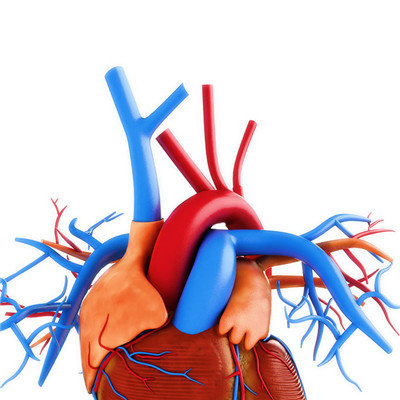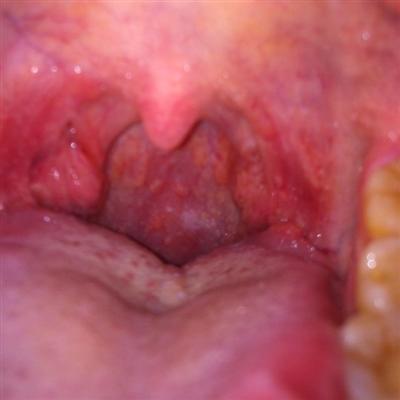Classification and symptoms of cervical spondylosis?
summary
In addition to neck and shoulder pain, patients with cervical spondylosis will also have dizziness, headache and other symptoms. Due to cervical disc degeneration or chronic strain, bone hyperplasia and ligament hypertrophy appear at the edge of vertebral body or facet joints, resulting in narrowing of intervertebral space, narrowing of intervertebral foramen and narrowing of vertebral artery. Stimulation and pressure of vertebral artery cause insufficient blood supply of vertebral basilar artery, resulting in headache and dizziness, And can induce cerebral blood disease, Alzheimer's disease and so on. The common manifestations were pain in head and neck, shoulder and arm, suprascapular back and chest area, numbness in arm, muscular atrophy, and even quadriplegia.
Classification and symptoms of cervical spondylosis?
1. Cervical spondylotic radiculopathy (1) has typical radicular symptoms (numbness, pain), and the range is consistent with the area dominated by cervical spinal nerve( 2) The pressure head test or brachial plexus traction test were positive( 3) The imaging findings were consistent with the clinical manifestations( 4) There was no significant effect in blocking pain points( 5) Except for upper limb pain caused by external cervical lesions such as thoracic outlet syndrome, carpal tunnel syndrome, cubital tunnel syndrome and scapulohumeral periarthritis. This type of cervical spondylosis suggests the use of Tougucao neck pillow.
2. Cervical spondylotic myelopathy (1) clinical manifestations of cervical spinal cord damage( 2) X-ray showed hyperosteogeny and spinal stenosis at the posterior margin of the vertebral body. Imaging confirmed the presence of spinal cord compression( 3) Except amyotrophic lateral sclerosis, spinal cord tumor, spinal cord injury, multiple peripheral neuritis, etc.
3. Cervical spondylosis of vertebral artery type (1) had a sudden attack. And accompanied by cervical vertigo( 2) Neck rotation test was positive( 3) X-ray showed segmental instability or osteogenesis of the axis joint( 4) Most of them have sympathetic symptoms( 5) Except ocular and otogenic vertigo( 6) Except for basilar insufficiency caused by compression of vertebral artery segment I (the vertebral artery segment before entering the 6 transverse foramen) and vertebral artery segment III (the vertebral artery segment before leaving the cervical spine and entering the intracranial)( 7) Vertebral artery angiography or digital subtraction angiography (DSA) should be performed before operation.
matters needing attention
Sympathetic cervical spondylosis: the clinical manifestations are dizziness, dizziness, tinnitus, hand numbness, tachycardia, precordial pain and a series of sympathetic symptoms, X-ray cervical instability or degeneration. Vertebral artery angiography was negative.












